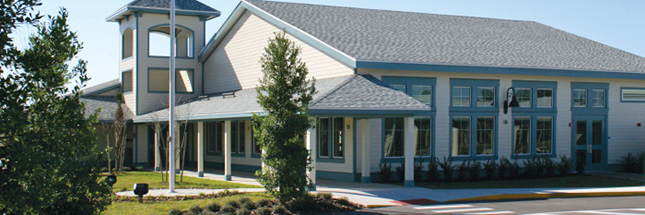Types of Primary Schools

There are approximately 49 million children and adolescents across the United States enrolled in public schools, including primary, elementary, middle, and secondary schools. Six million additional students attend private schools for kindergarten through to Grade Twelve. Knowing which school to send your child to requires knowing the different types of schools currently out there. The following article gives a brief overview of the various types of public and private elementary schools.
Types of Public Elementary Schools
Public schools are funded by the local and state governments and sometimes get additional funding from the federal government. Public schools usually admit students that live within a particular surrounding district. Charter and magnet schools are two relatively new types of public schools that give parents and children choices when it comes to the elementary school they attend.
- Charter Schools: were introduced in the United States at the beginning of the 1990s. There are now nearly 3,000 across the United States. They are operated independently by community organizations, for-profit companies, parents, and teachers. Charter schools receive subsidies from the local or state government, but they may also have other private sources of funding. They do not charge tuition. Charter schools adhere to the state-mandated curriculum but they are not scrutinized like other conventional educational institutions. Charter schools may also target special groups of children, such as high-risk or gifted children. Class sizes are smaller and as a result students get more attention from teachers.

- Magnet Schools: began to appear in the United States in the 1970s as a means of improving the public school system for highly capable students. Diversity is one of the main goals of magnet schools and one reason that students do not necessarily have to live in the surrounding district. Similar to charter schools, magnet schools do not charge tuition. However, they are highly selective and students must compete for spots. They offer special programs and adhere to high educational standards. Students must undergo an intense testing process as part of the application process. Some applicants may be selected from outside the surrounding district and live directly on the campus in boarding facilities.
Types of Private Elementary Schools
Private schools are not funded by taxpayer money. They rely on other sources of funding, including tuition payments from students and donations, grants, and endowments from alumni, religious groups, and charities. Schools are generally selective and do not admit all of the students who apply. They may be co-educational or only admit one sex. One third of all elementary schools in the United States are private. There are three types of private schools:
- Independent schools: are private and non-profit. They are governed by a board of trustees and draw most of their funds from tuition payments, donations, and endowments. They may be affiliated with a particular religious group or institution but they cannot be funded or governed by that group in order to be considered independent. There are relatively few independent schools, approximately 2,000 out of the 34,000 private schools in the United States.
- Parochial schools: are run by churches, most often Catholic parishes and in some cases Protestant denominations. Hebrew schools may also be considered in this category. The majority of private schools in the country fall into this category, where religious instruction and practices are added to the academic curriculum.
- Proprietary schools: are private, for-profit schools. They do not have elected officials or boards of trustees. They often base their curriculum and teaching style on market demands and may adapt quickly to student needs.
